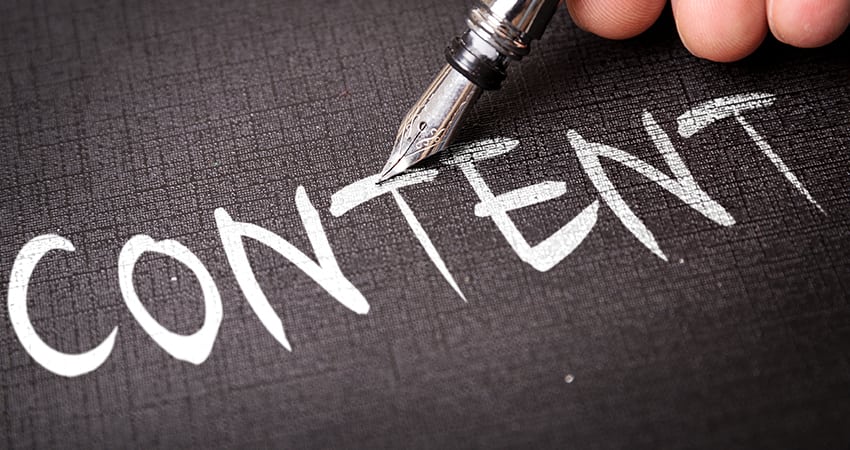It began with a video. Founded in 2005, YouTube is the grandfather of user-generated content, serving as the first channel to give consumers the keys to branded content marketing. Consumers today watch 1 billion hours of YouTube per day. By uploading product reviews, how-to content and playful product placement, consumers are given unprecedented access to a brand’s reputation, allowing everyday shoppers to serve as a powerful new breed of brand ambassadors.
Beyond YouTube, consumers now have control over branded content across all social spaces, with influence typically spanning in one of three ways:
- Pure, organic content with no reward for posting
- Content that is incentivized with some return for engagement such as sweepstakes, drawings entries or loyalty points
- Influencer marketing
To forge meaningful relationships, marketers must continue inviting consumers to experience their brand and share experiences socially, paying mind to the associated risks and opportunities.
Consider Your Audience and Choose Your Voice Accordingly
Brands looking to embrace UGC need to first determine their target audience and the best way to elicit engagement. Marketers who select a celebrity influencer to share their brand’s voice must consider who would be the most relevant for their target audience. If a brand decides to host a UGC-powered sweepstakes or share a branded hashtag, devise strong calls-to-action that drive meaningful, on-brand submissions. For example, marketers should avoid oversaturated, generic hashtags like #selfie or #makeup and instead create unique, branded hashtags to increase the relevancy of submissions.
Have a Contingency Plan in Your Back Pocket
No matter how much forethought goes into a UGC campaign, the Internet is still the Wild West and marketers don’t have much control of the content that’s published. Some brands have welcomed testing these boundaries leveraging branded filters on SnapChat. As such, brands must always have a contingency plan in case something goes wrong, identifying a dedicated team that can respond to any incidents and share insights on any required measures to keep in mind. If any questionable UGC is shared, these individuals can act as a “SWAT team” and address concerns in real-time.
One of the most common incidents is when a branded hashtag is misrepresented. Sometimes this stems from genuine confusion; other times, the timing or application of a campaign isn’t properly thought out, giving internet trolls an opportunity to take advantage. McDonald’s learned this the during its #McDStories campaign, which was quickly taken over by users sharing less-than-flattering anecdotes, garnering negative publicity. Whether or not a campaign is launching, marketers must engage in active social listening to see what’s being shared and how those submissions can affect brand perception. Active monitoring gives marketers the ability to address timely consumer concerns and get in front of any potential fires — after all, content where a hashtag is used incorrectly or ironically can go viral quickly.
Partnering with a celebrity influencer can also come with risks; last year, Scott Disick of Keeping Up With the Kardashians made headlines for accidentally including his Instagram advertising directions in his sponsored post. To avoid a potential mishap, brands should be careful about who they choose as advocates. Any missteps can cause an endorsed post to lose authenticity.
Moderate Content
To reduce some of the risk associated with user-generated content, brands should consider moderating submissions within the social networks that enable this. A hashtag gallery within a brand site, for example, allows teams to vet through submissions and eliminate anything offensive before consolidating content into a gallery displayed on a brand’s site.
An added bonus? Hashtag galleries are especially effective in highly visual industries like fashion, where UGC allows shoppers to see how particular styles look across all ages, skin tones and hair colors, allowing customers to shop with confidence. However, while hashtag galleries serve as a nice line of defense for publishing approved content, all the actual submissions will remain public across Twitter, Instagram and other social platforms, where moderation is not allowed.
Legal Considerations and Authenticity
While the benefits of UGC campaigns are great, equally important is adherence to specific legal requirements. All UGC contests must be hashtagged with #sweepstakes and users who are paid to promote a product are legally required to disclose their business relationship within sponsored posts.
While many social influencers meet this requirement by adding #ad, #sp or #sponsored to their post, these forms of disclosure aren’t always enough. Brands should encourage influencers to include language surrounding their partnership within captions. As long as a brand is straightforward about the terms of their relationships, consumers don’t mind identifying with someone who is being paid.
Sometimes, marketers encounter a piece of UGC that is so on-brand that they’re eager to repurpose it. Brands are allowed to share UGC as long as they’re not monetizing it. They’re free to like or retweet posts, but if they aspire to do anything more — whether featuring on a website, in-store advertising or even making it a sponsored tweet — they must acquire the user’s explicit permission.
As brands seek meaningful ways to engage their audiences, user-generated content will continue to play a crucial role in marketing strategy. By planning ahead and keeping these potential risks and solutions in mind, brands can successfully tap into content and forge deeper relationships with consumers across channels.
Russell Zack is co-founder of Konoo
